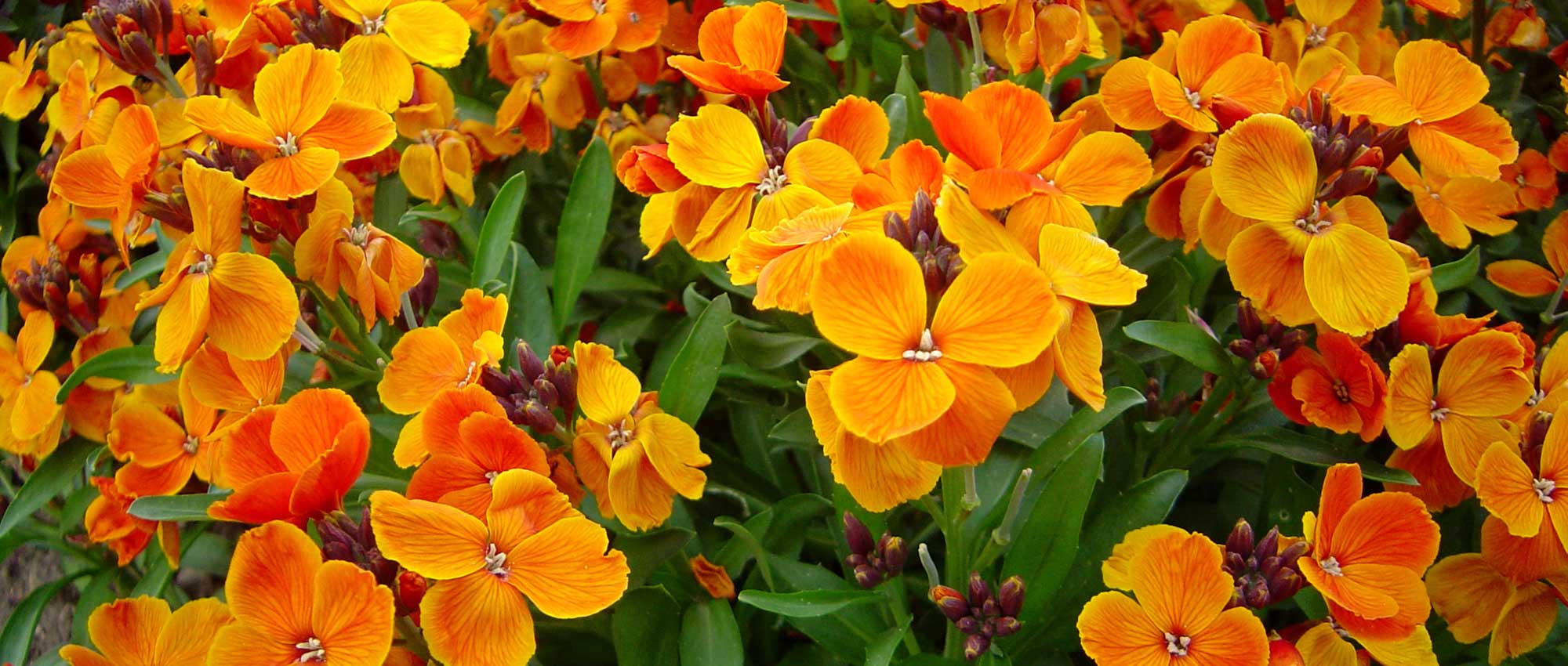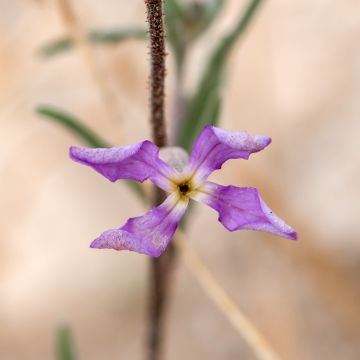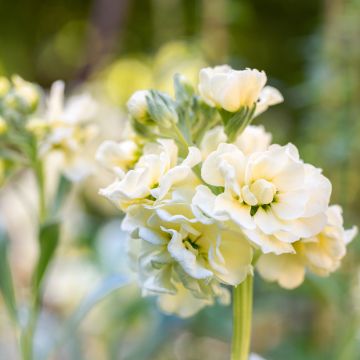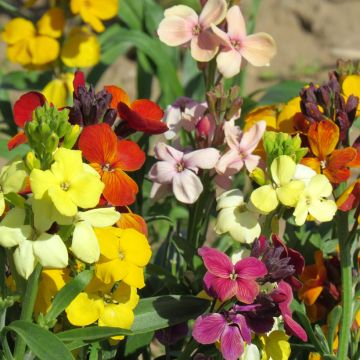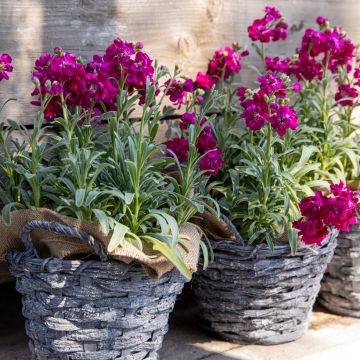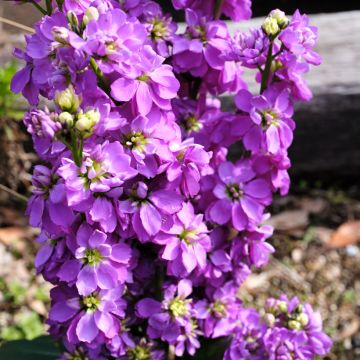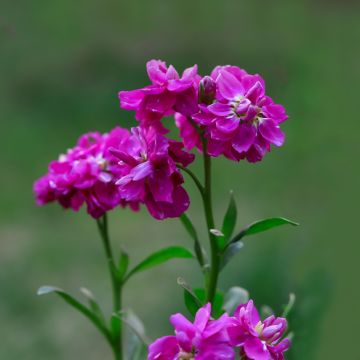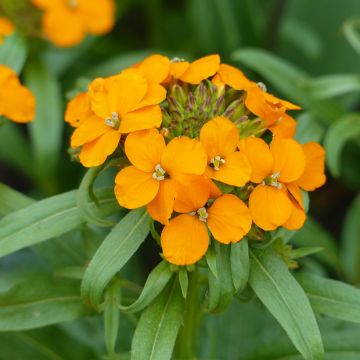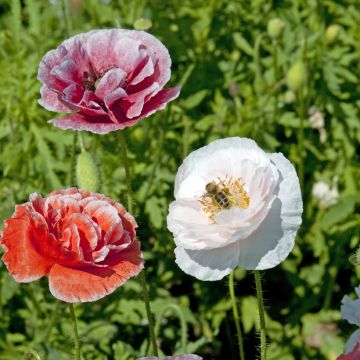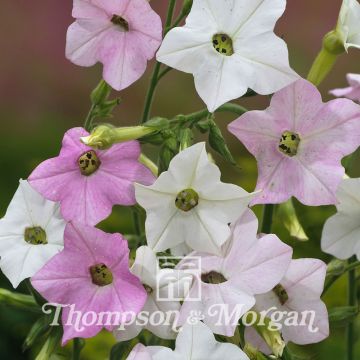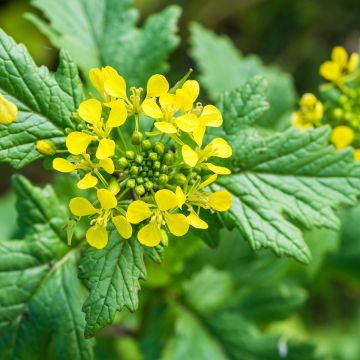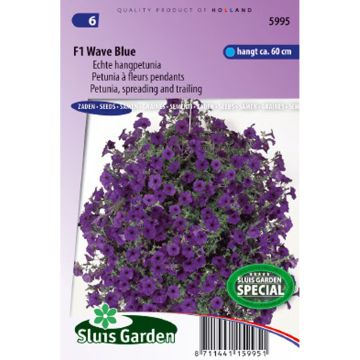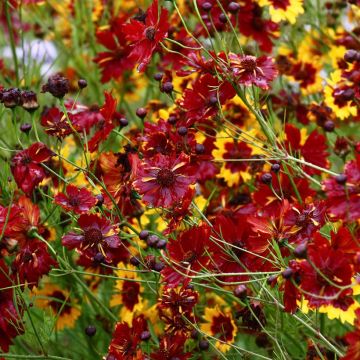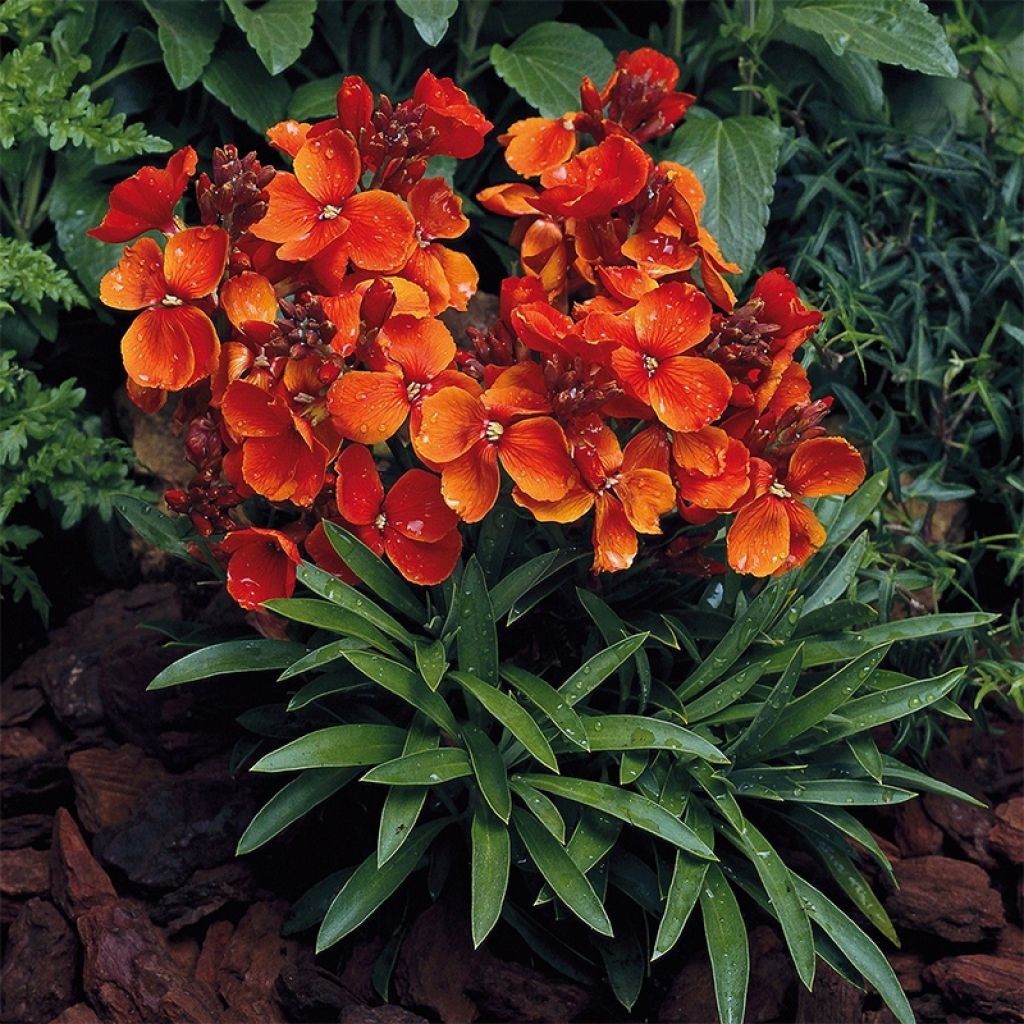

Erysimum x cheiri 'Scarlet Bedder'
Erysimum x cheiri 'Scarlet Bedder'
Erysimum x cheiri Bedder Scarlet
Wallflower, Cheiranthus cheiri
Special offer!
Receive a €20 voucher for any order over €90 (excluding delivery costs, credit notes, and plastic-free options)!
1- Add your favorite plants to your cart.
2- Once you have reached €90, confirm your order (you can even choose the delivery date!).
3- As soon as your order is shipped, you will receive an email containing your voucher code, valid for 3 months (90 days).
Your voucher is unique and can only be used once, for any order with a minimum value of €20, excluding delivery costs.
Can be combined with other current offers, non-divisible and non-refundable.
Home or relay delivery (depending on size and destination)
Schedule delivery date,
and select date in basket
This plant carries a 6 months recovery warranty
More information
We guarantee the quality of our plants for a full growing cycle, and will replace at our expense any plant that fails to recover under normal climatic and planting conditions.
Would this plant suit my garden?
Set up your Plantfit profile →
Description
The 'Scarlet Bedder' Wallflower, also known as Cheiranthus cheiri or Wallflower ravenelle, like all the varieties in the 'Bedder' series, forms compact plants that bear brightly coloured flowers, perfect for enlivening the pastel shades of spring. This selection is adorned with large fragrant flowers of scarlet red tinged with orange, gathered in dense spikes. The flowering lasts for several weeks, sometimes starting as early as February in mild climates. With its vibrant colour and compact habit, it will brighten up sunny borders, rockeries, and even pots on the balcony or terrace. This plant, often grown as a biennial, is very easy to cultivate in the sun, in well-drained soil, even poor and chalky soil.
Erysimum cheiri, also known as Cheiranthus cheiri, has acquired different evocative vernacular names over the centuries and in different regions: it is sometimes called yellow wallflower, ravenelle, vélar or yellow violier, as it displays yellow flowers with a powerful clove fragrance. It is a plant of the crucifer family, native to southern Europe, well adapted to dry and chalky soils. This short-lived and not very hardy perennial is most often grown as a biennial or annual.
The 'Scarlet Bedder' wallflower is part of a horticultural series selected for its compact and branched habit and its very long spring flowering. It quickly forms upright, bushy, and compact clumps, with woody bases, covered with small lanceolate leaves, sword-shaped, brown-purple to bronze, with a satin appearance. Flowering usually begins in March and extends until the gates of summer. In mild climates, and provided it is cut back at the end of the season, this plant will be perennial (short-lived) and will even flower in winter. The 4-petalled flowers, 5 to 6cm (2in) wide, are fragrant in warm weather, gathered in racemes at the top of leafy stems 35cm (14in) tall. They are highly visited by pollinating insects that find one of the first nectars of spring at the bottom of their corollas.
Appreciated in gardens for its ease of cultivation and its propensity to self-seed in the most unlikely places, neglected by all other plants, the wallflower and its cultivars are excellent rockery plants, which thrive even in somewhat poor soils and above walls. These plants also work wonders in border plantings, alongside Damask Nigellas, Californian Poppies, perennial flax, or in mixed borders with taller plants like toadflaxes, mulleins, or Gauras, which are as undemanding as they are. It can also be grown in pots on the terrace, balcony, or near an entrance, to fully enjoy its generous flowering.
Erysimum x cheiri 'Scarlet Bedder' in pictures
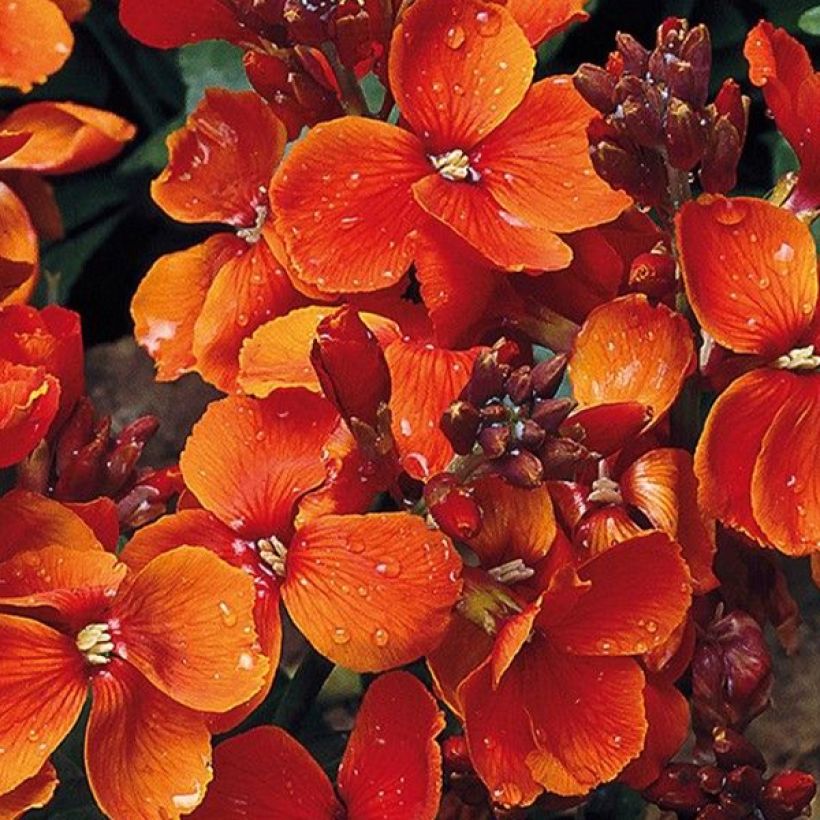



Flowering
Foliage
Plant habit
Botanical data
Erysimum
x cheiri
Bedder Scarlet
Bracicaceae
Wallflower, Cheiranthus cheiri
Cultivar or hybrid
Other Wallflower seeds
View all →Planting and care
The optimum germination temperature for Wallflowers is between 18 and 20°C.
Indoors: sow in March / April in a special seed compost or in a mixture composed of 1/3 sand + 2/3 garden soil, then plant the seedlings in the garden as soon as they are strong enough to be handled, in autumn or at the beginning of spring. Be careful not to damage the taproots when planting.
In open ground: sow thinly from April to June and cover the seeds with 5mm (0in) of sifted compost. Gently press down and water with a fine mist. Maintain moisture during germination and cover with a light veil to protect the sowing from direct sunlight. Beware of slugs and snails, which are fond of young plants. It is advisable to protect them by spreading Ferramol.
Cultivation :
Plant your Wallflowers in early autumn, in a very sunny location. The soil should be properly loosened and well-draining. If necessary, coarse sand or gravel can be incorporated into the planting mix. These plants tolerate limestone and occasionally dry soils, but they dislike waterlogged soils in winter. For container cultivation, use a mix of regular soil, leaf compost, and sand or gravel, and don't forget drainage at the bottom of the pot (pot shards, small rocks...). Water regularly, but not excessively. Remove faded flowers to promote new blooming. The plant can be pruned short at the end of the season, leaving only portions of stems with 3 or 4 leaves. In mild climates, or if the winter is not too harsh, it will regrow in spring. After 3 or 4 years, it will be necessary to replace it.
Sowing period
Intended location
Planting & care advice
This item has not been reviewed yet - be the first to leave a review about it.
Similar products
Haven't found what you were looking for?
Hardiness is the lowest winter temperature a plant can endure without suffering serious damage or even dying. However, hardiness is affected by location (a sheltered area, such as a patio), protection (winter cover) and soil type (hardiness is improved by well-drained soil).

Photo Sharing Terms & Conditions
In order to encourage gardeners to interact and share their experiences, Promesse de fleurs offers various media enabling content to be uploaded onto its Site - in particular via the ‘Photo sharing’ module.
The User agrees to refrain from:
- Posting any content that is illegal, prejudicial, insulting, racist, inciteful to hatred, revisionist, contrary to public decency, that infringes on privacy or on the privacy rights of third parties, in particular the publicity rights of persons and goods, intellectual property rights, or the right to privacy.
- Submitting content on behalf of a third party;
- Impersonate the identity of a third party and/or publish any personal information about a third party;
In general, the User undertakes to refrain from any unethical behaviour.
All Content (in particular text, comments, files, images, photos, videos, creative works, etc.), which may be subject to property or intellectual property rights, image or other private rights, shall remain the property of the User, subject to the limited rights granted by the terms of the licence granted by Promesse de fleurs as stated below. Users are at liberty to publish or not to publish such Content on the Site, notably via the ‘Photo Sharing’ facility, and accept that this Content shall be made public and freely accessible, notably on the Internet.
Users further acknowledge, undertake to have ,and guarantee that they hold all necessary rights and permissions to publish such material on the Site, in particular with regard to the legislation in force pertaining to any privacy, property, intellectual property, image, or contractual rights, or rights of any other nature. By publishing such Content on the Site, Users acknowledge accepting full liability as publishers of the Content within the meaning of the law, and grant Promesse de fleurs, free of charge, an inclusive, worldwide licence for the said Content for the entire duration of its publication, including all reproduction, representation, up/downloading, displaying, performing, transmission, and storage rights.
Users also grant permission for their name to be linked to the Content and accept that this link may not always be made available.
By engaging in posting material, Users consent to their Content becoming automatically accessible on the Internet, in particular on other sites and/or blogs and/or web pages of the Promesse de fleurs site, including in particular social pages and the Promesse de fleurs catalogue.
Users may secure the removal of entrusted content free of charge by issuing a simple request via our contact form.
The flowering period indicated on our website applies to countries and regions located in USDA zone 8 (France, the United Kingdom, Ireland, the Netherlands, etc.)
It will vary according to where you live:
- In zones 9 to 10 (Italy, Spain, Greece, etc.), flowering will occur about 2 to 4 weeks earlier.
- In zones 6 to 7 (Germany, Poland, Slovenia, and lower mountainous regions), flowering will be delayed by 2 to 3 weeks.
- In zone 5 (Central Europe, Scandinavia), blooming will be delayed by 3 to 5 weeks.
In temperate climates, pruning of spring-flowering shrubs (forsythia, spireas, etc.) should be done just after flowering.
Pruning of summer-flowering shrubs (Indian Lilac, Perovskia, etc.) can be done in winter or spring.
In cold regions as well as with frost-sensitive plants, avoid pruning too early when severe frosts may still occur.
The planting period indicated on our website applies to countries and regions located in USDA zone 8 (France, United Kingdom, Ireland, Netherlands).
It will vary according to where you live:
- In Mediterranean zones (Marseille, Madrid, Milan, etc.), autumn and winter are the best planting periods.
- In continental zones (Strasbourg, Munich, Vienna, etc.), delay planting by 2 to 3 weeks in spring and bring it forward by 2 to 4 weeks in autumn.
- In mountainous regions (the Alps, Pyrenees, Carpathians, etc.), it is best to plant in late spring (May-June) or late summer (August-September).
The harvesting period indicated on our website applies to countries and regions in USDA zone 8 (France, England, Ireland, the Netherlands).
In colder areas (Scandinavia, Poland, Austria...) fruit and vegetable harvests are likely to be delayed by 3-4 weeks.
In warmer areas (Italy, Spain, Greece, etc.), harvesting will probably take place earlier, depending on weather conditions.
The sowing periods indicated on our website apply to countries and regions within USDA Zone 8 (France, UK, Ireland, Netherlands).
In colder areas (Scandinavia, Poland, Austria...), delay any outdoor sowing by 3-4 weeks, or sow under glass.
In warmer climes (Italy, Spain, Greece, etc.), bring outdoor sowing forward by a few weeks.






























